Blühender Mohn Mohnwiese (1907)
Technique: Giclée quality print
Recommended by our customers
More about this artwork
Dive into the vivid, textural landscape of Gustav Klimt's "Blühender Mohn Mohnwiese," a masterpiece painted in 1907 that encapsulates the beauty of a blooming poppy field. Klimt, renowned for his profound symbolism and ornate artistic style, shifts to a focus on nature, presenting a canvas bursting with life and color.The painting showcases a dense meadow under a gentle sky, with the foreground densely sown with flowering poppies whose bright red hues draw the eye amidst a sea of green foliage. Scattered throughout are hints of white, yellow, and blue flowers, enriching the visual spectacle with a tapestry of colors. The composition is layered, as deeper into the scene, the greens grow darker and form a lush background of trees that seem to guard the vibrant field."Blühender Mohn Mohnwiese" reflects Klimt’s departure from his more opulent golden phase to an intimate portrayal of nature's simple, yet profound beauty. This artwork is a testament to Klimt's versatility and his ability to evoke emotion through the lush, organic textures of a wildflower meadow, inviting viewers to lose themselves in its serene, blooming splendor.
Delivery
Returns
Gustav Klimt (1862–1918) was one of the greatest Austrian symbolist painters of the Art Nouveau era. Renowned as one of the most prominent founding members, and as a president of the Vienna Art Nouveau movement (Vienna Secession). His works were mainly paintings, murals, and sketches. Marked by his numerous erotic drawings, Klimt's primary subject were female figures, and at one point his work was even criticized as pornographic. Klimt found financial success in his "Golden Phase" with decorative techniques and the prominent use of gold leaf in his paintings.


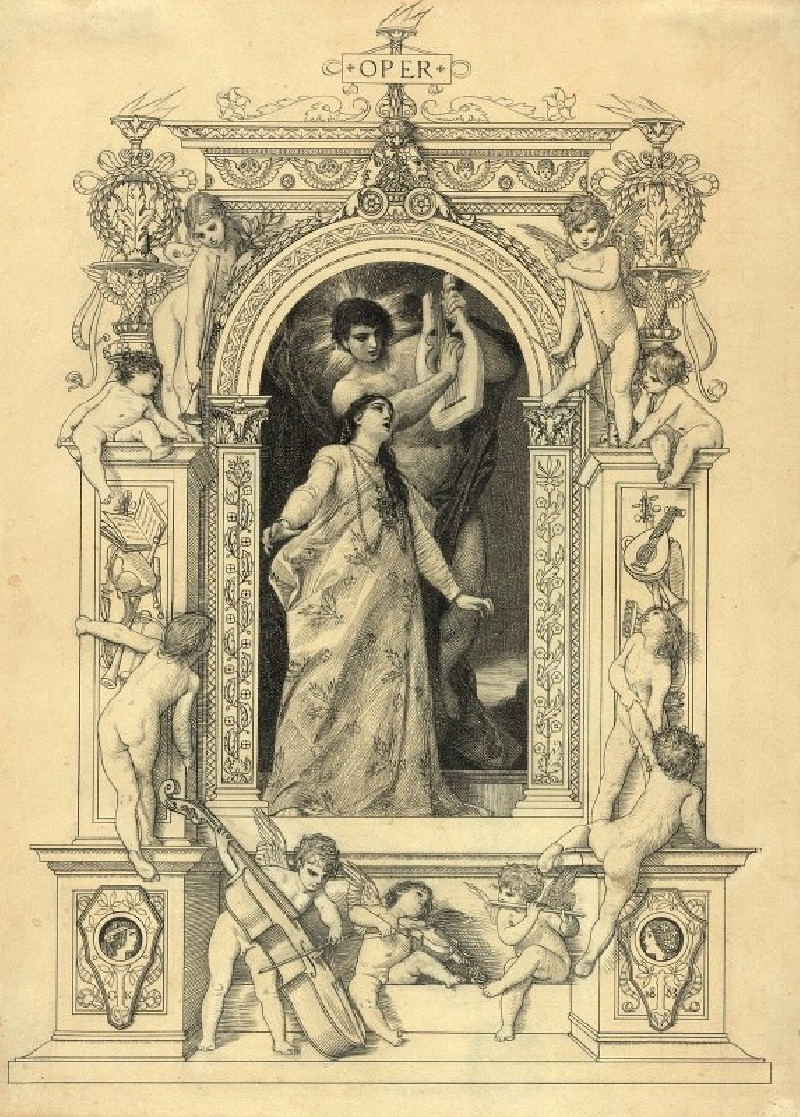
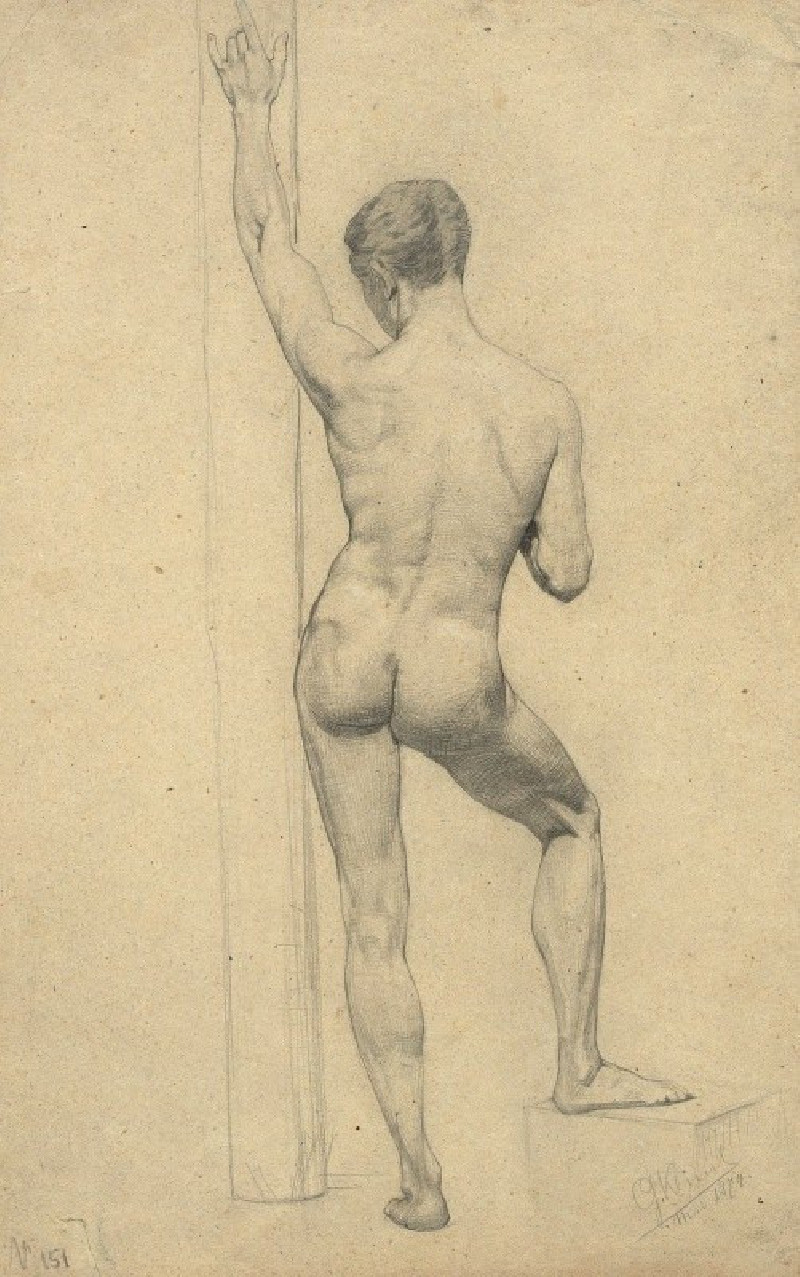
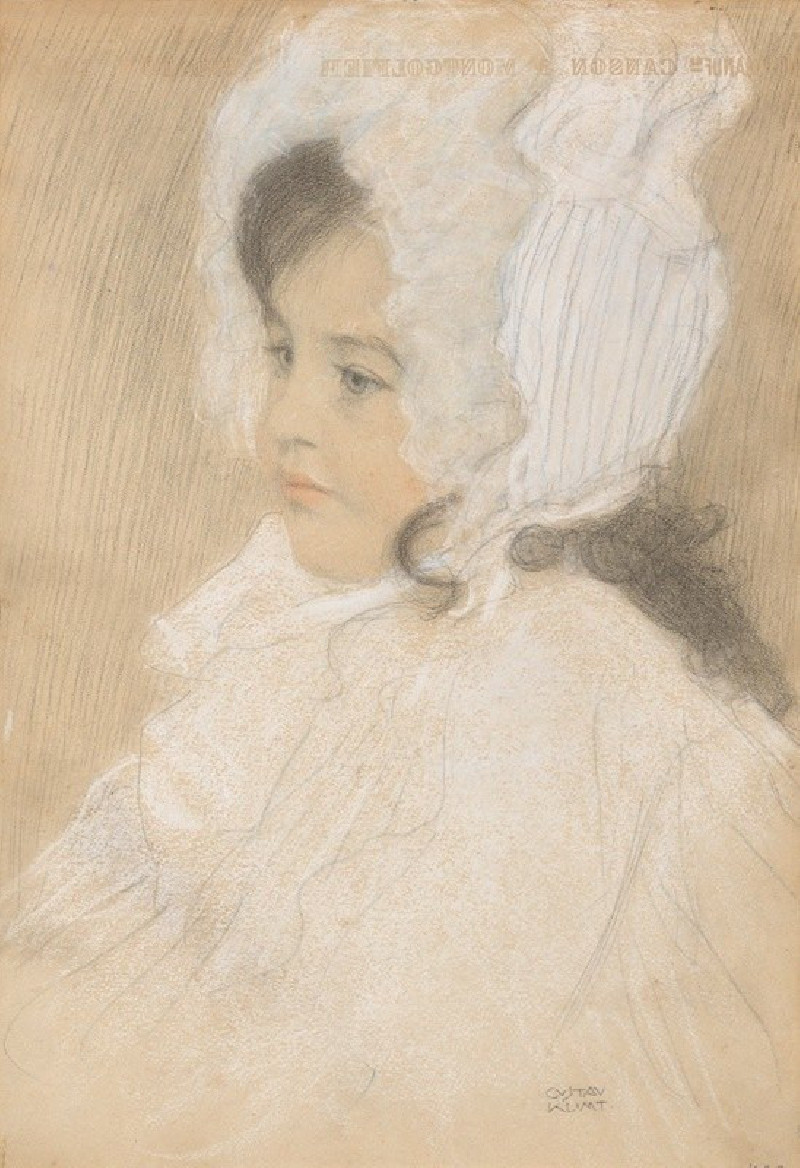
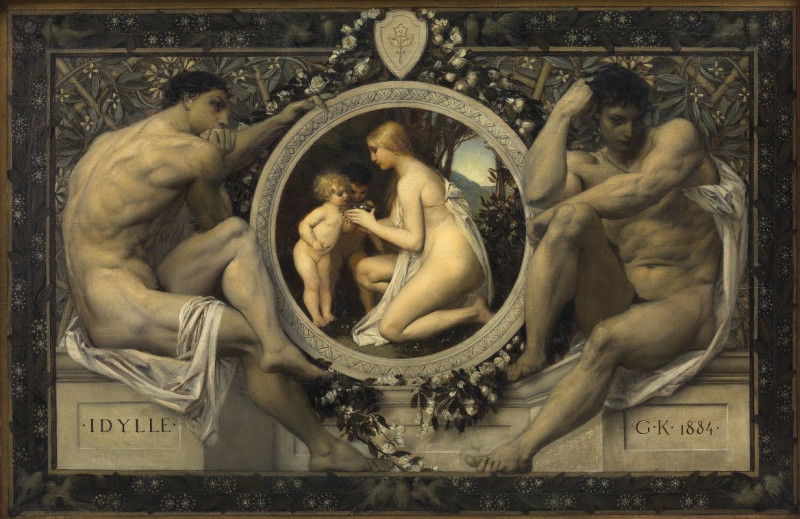
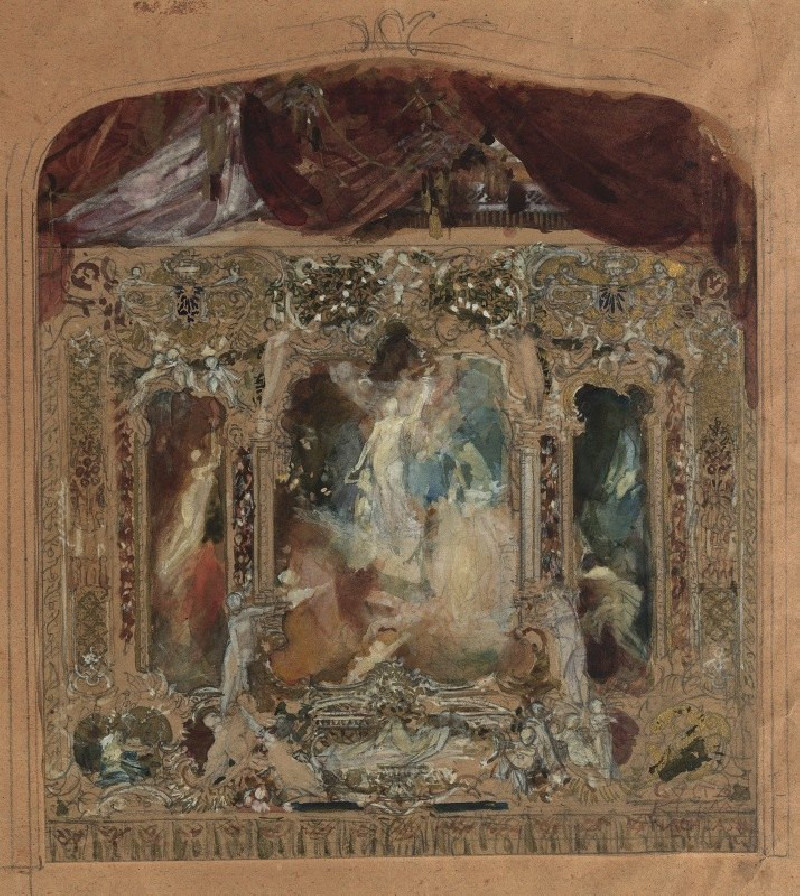

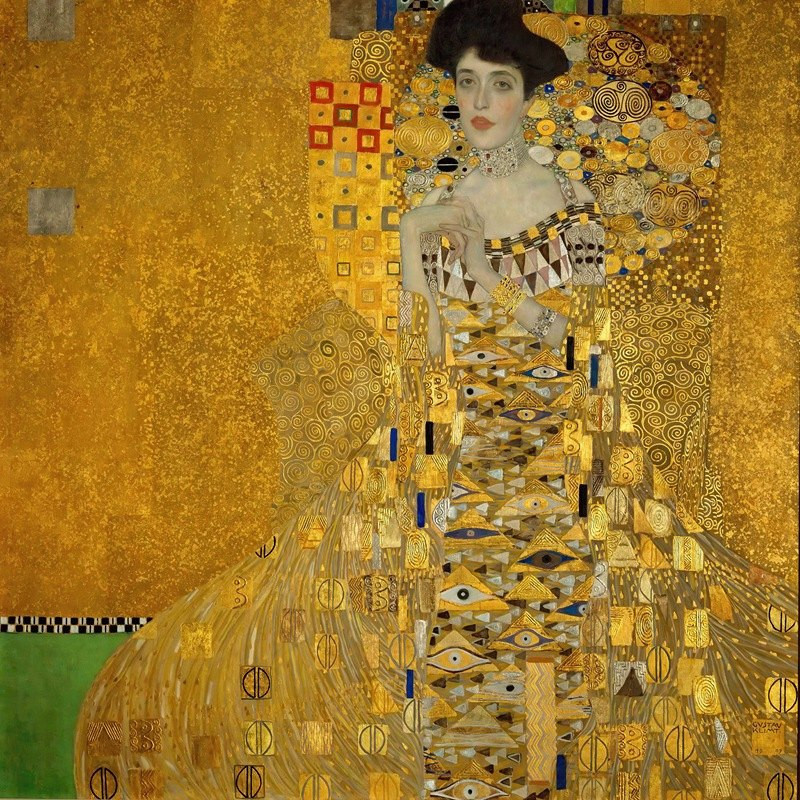
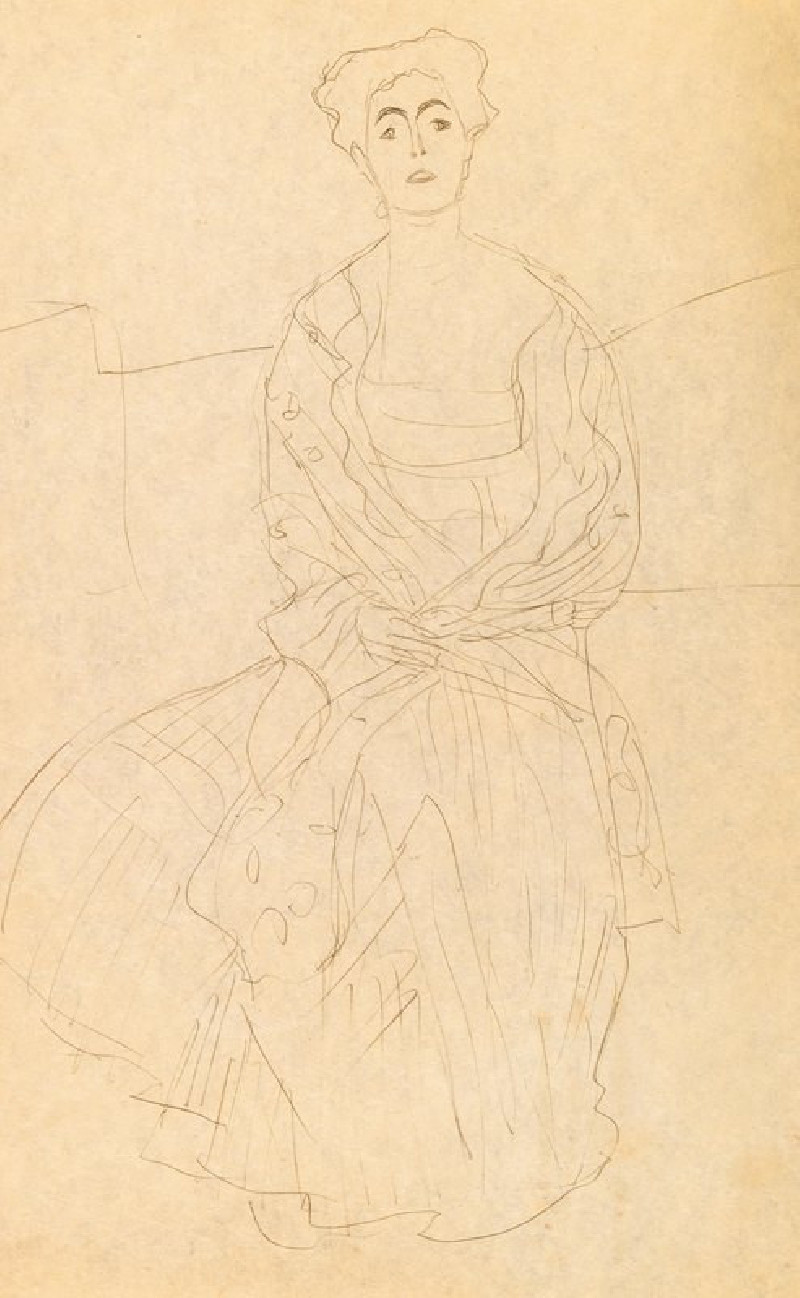
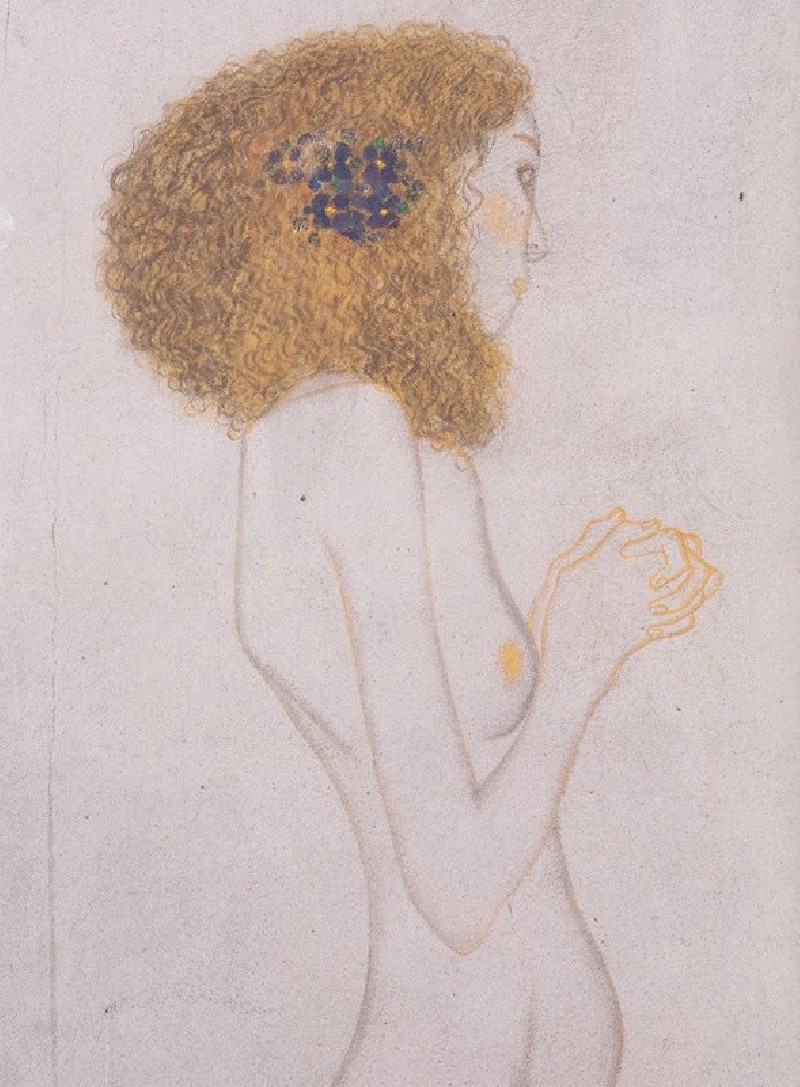

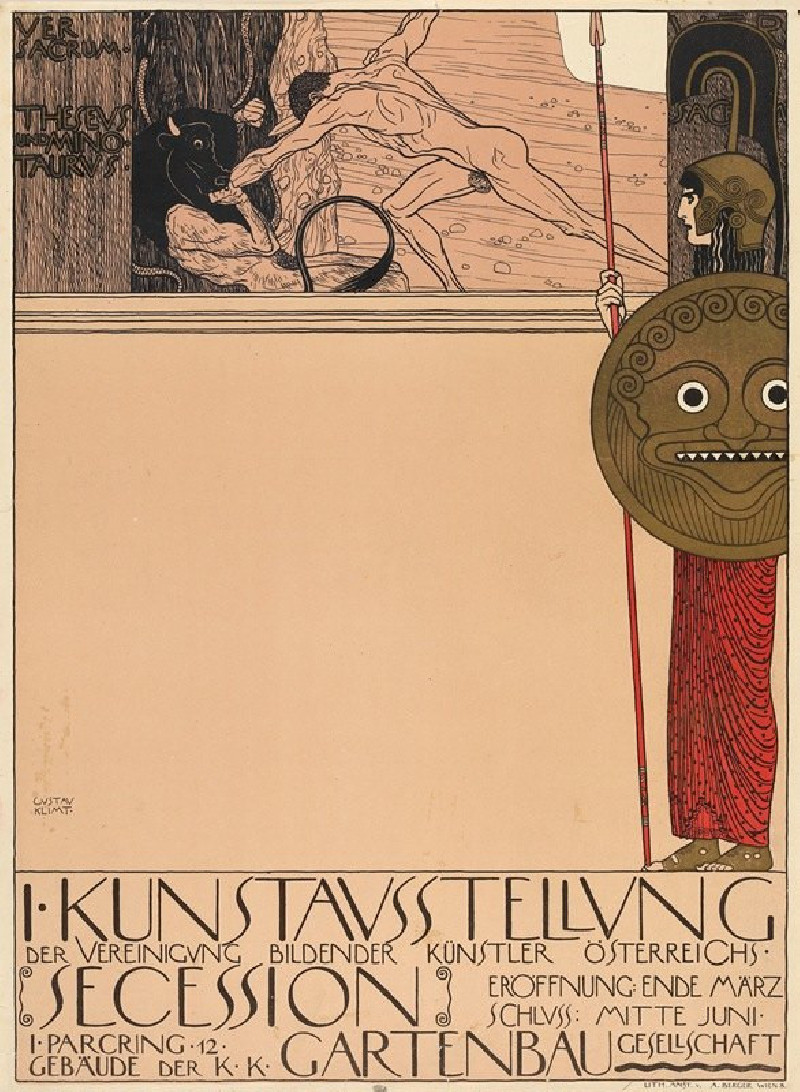
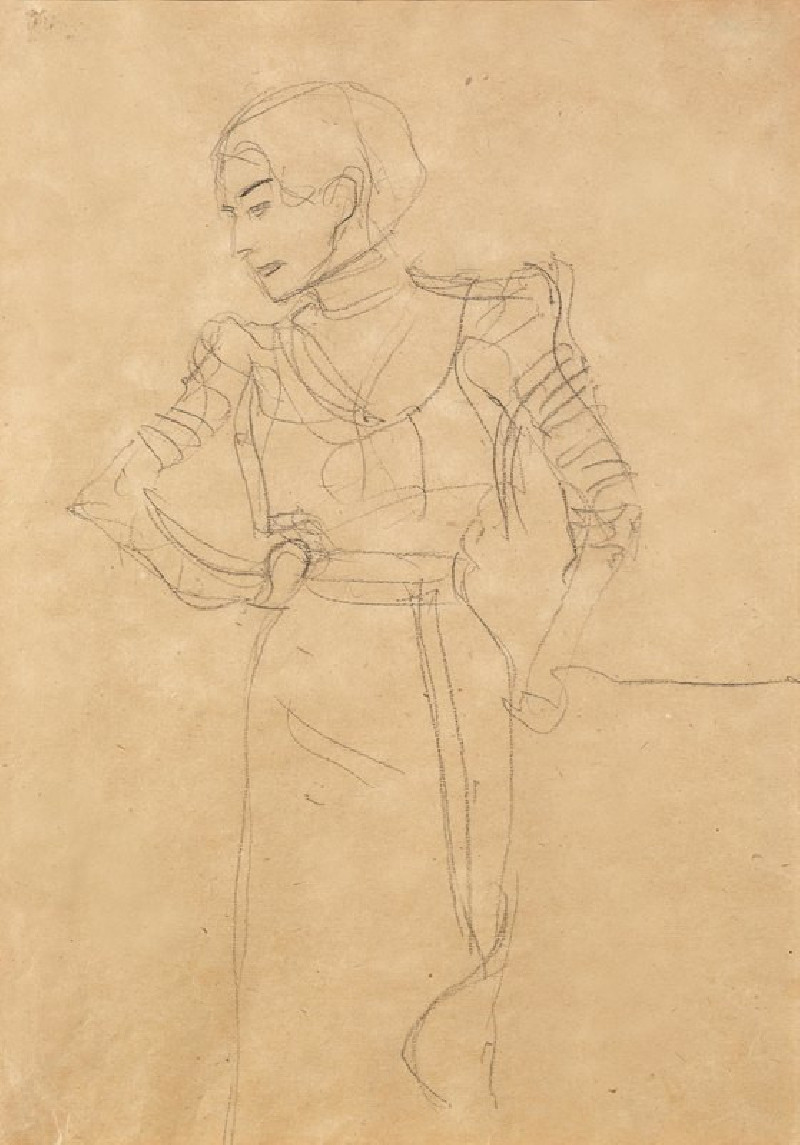
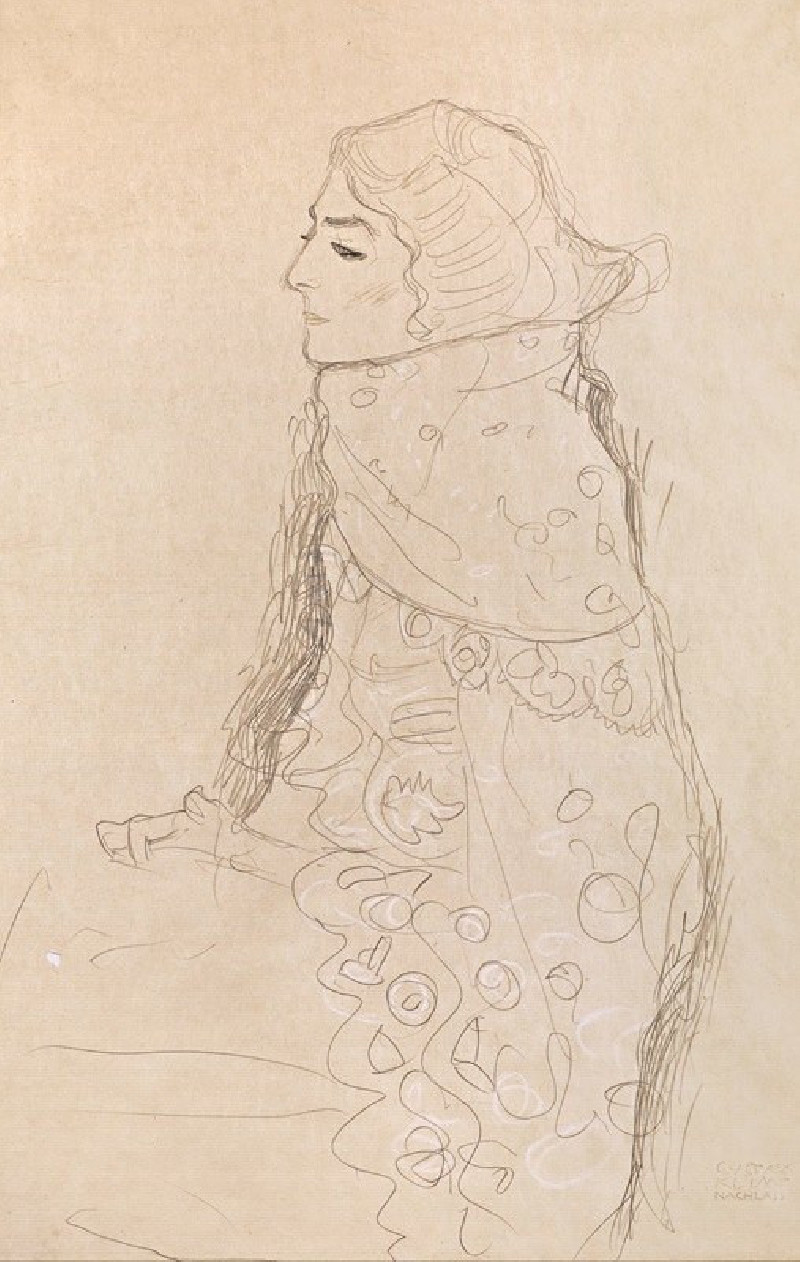
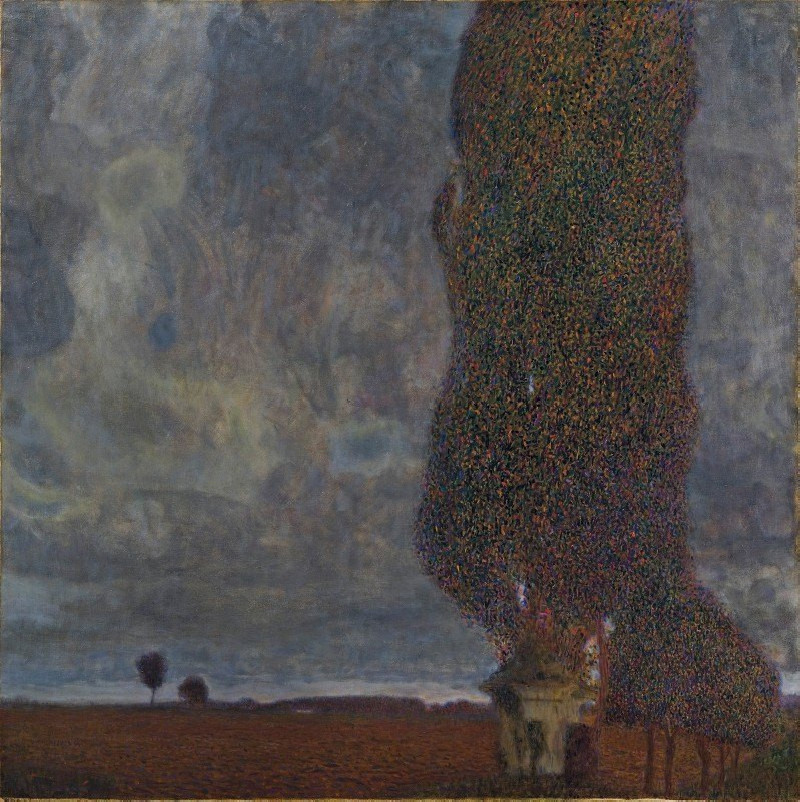
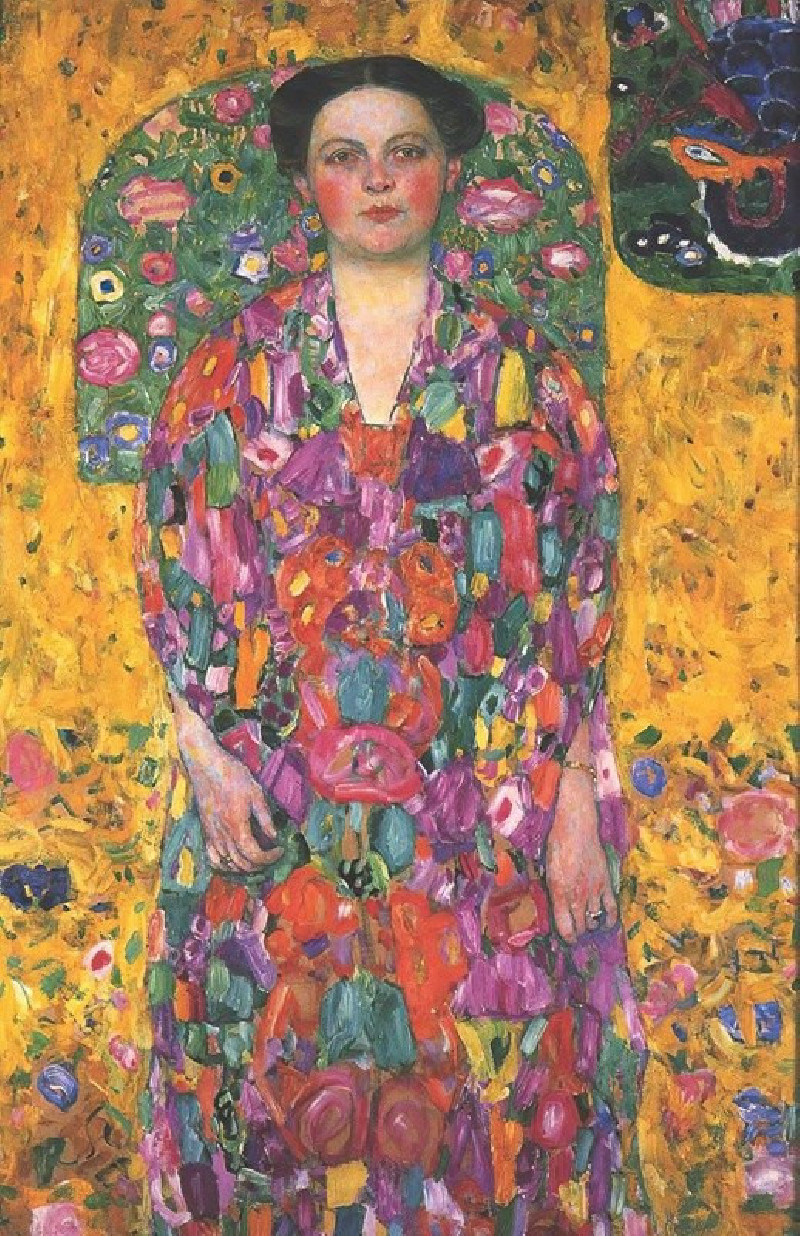
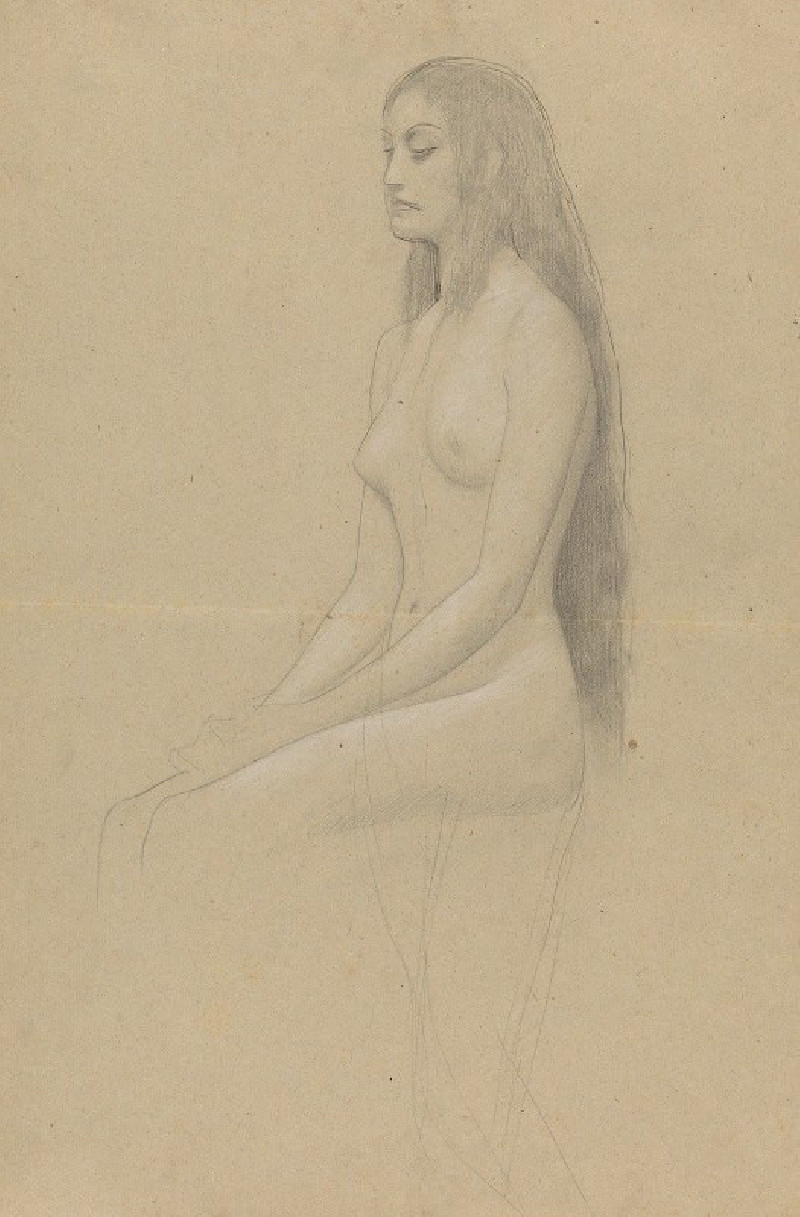
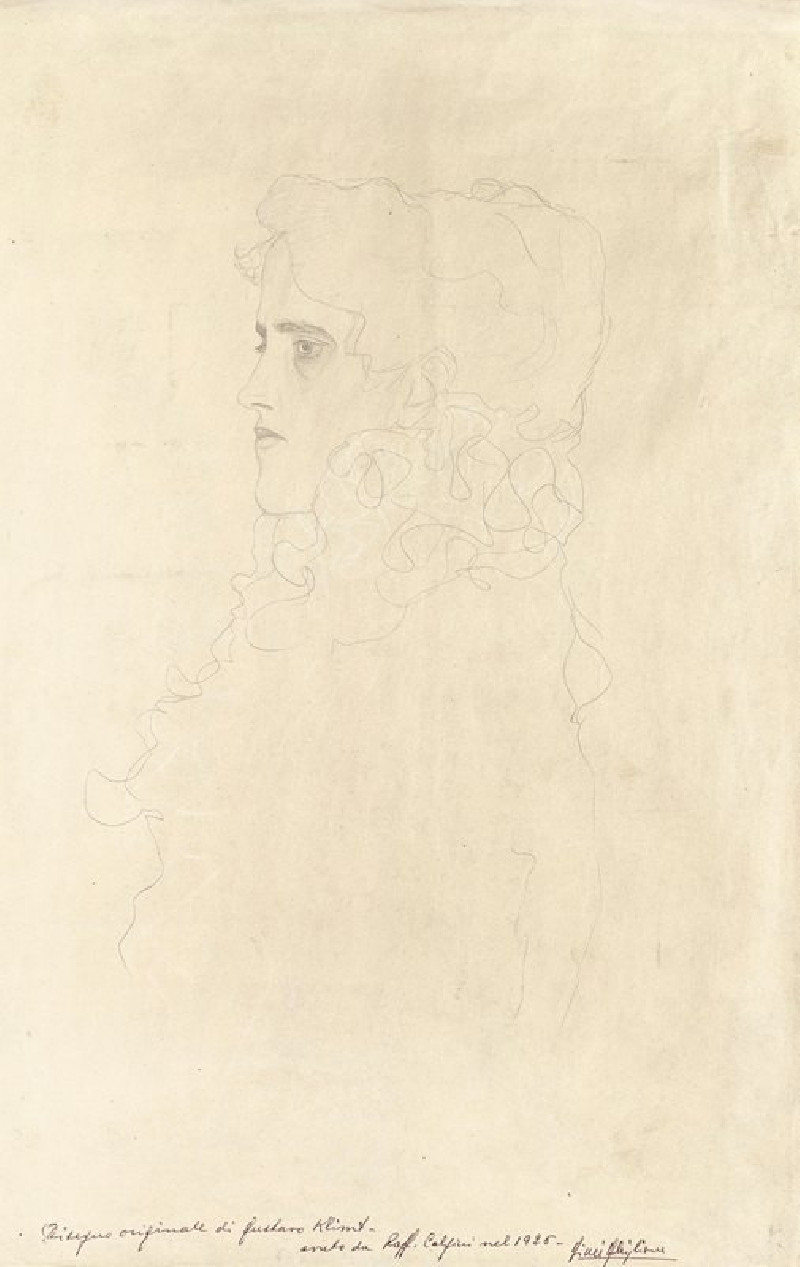
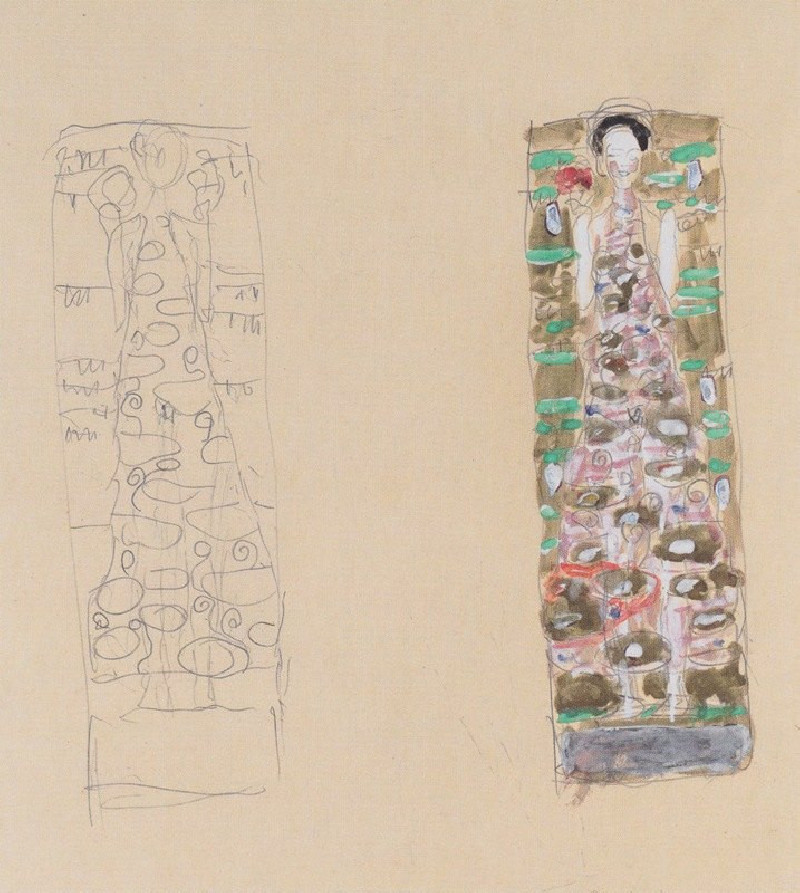
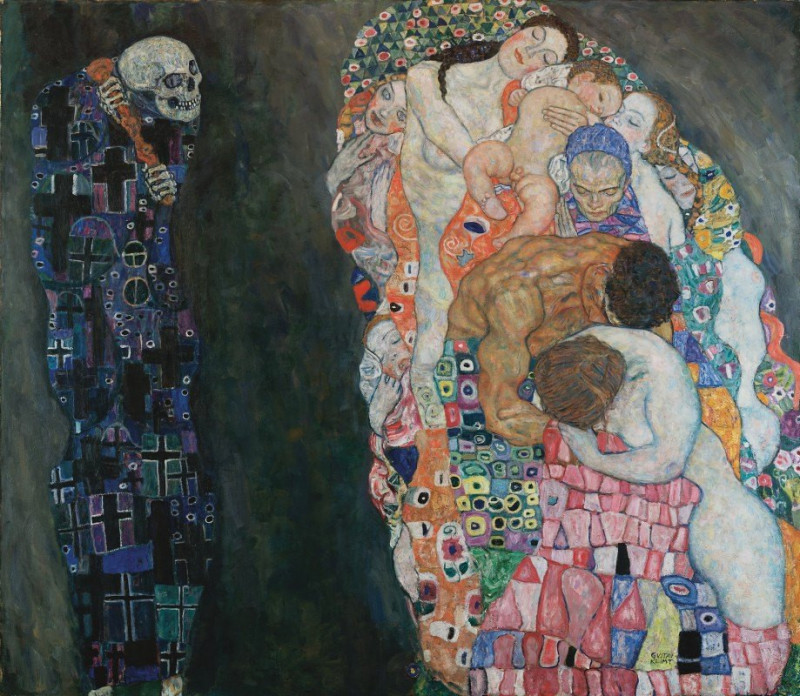
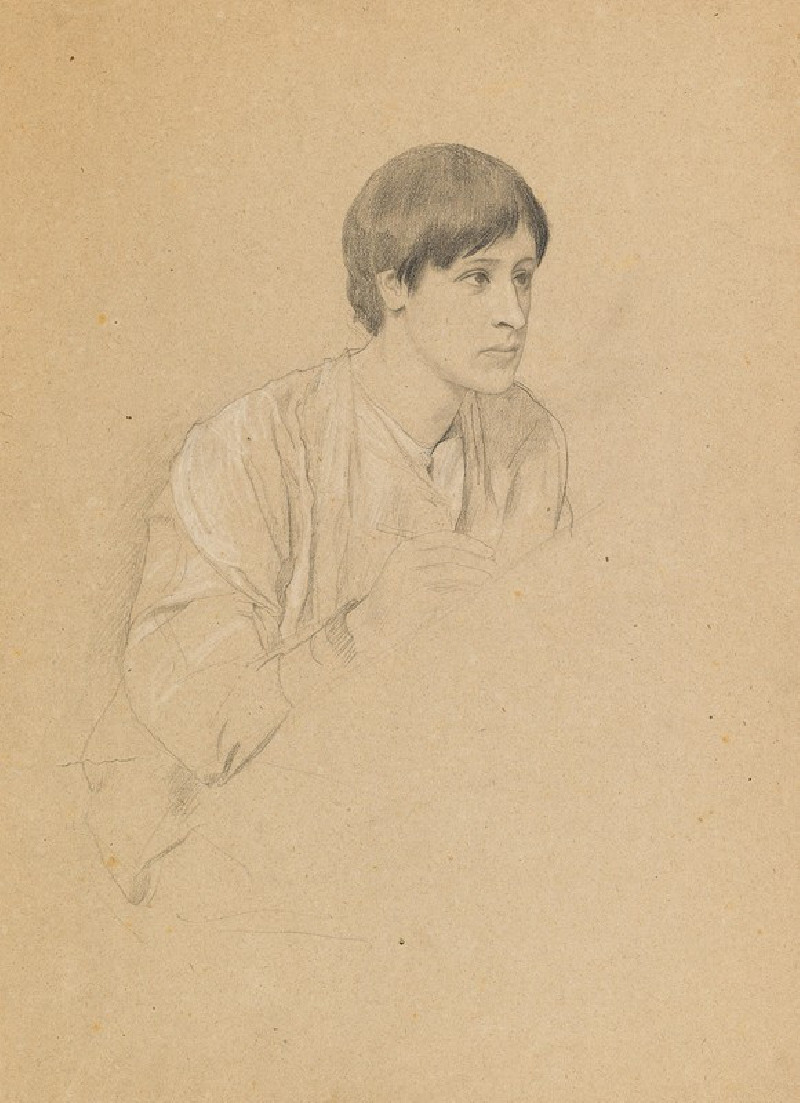


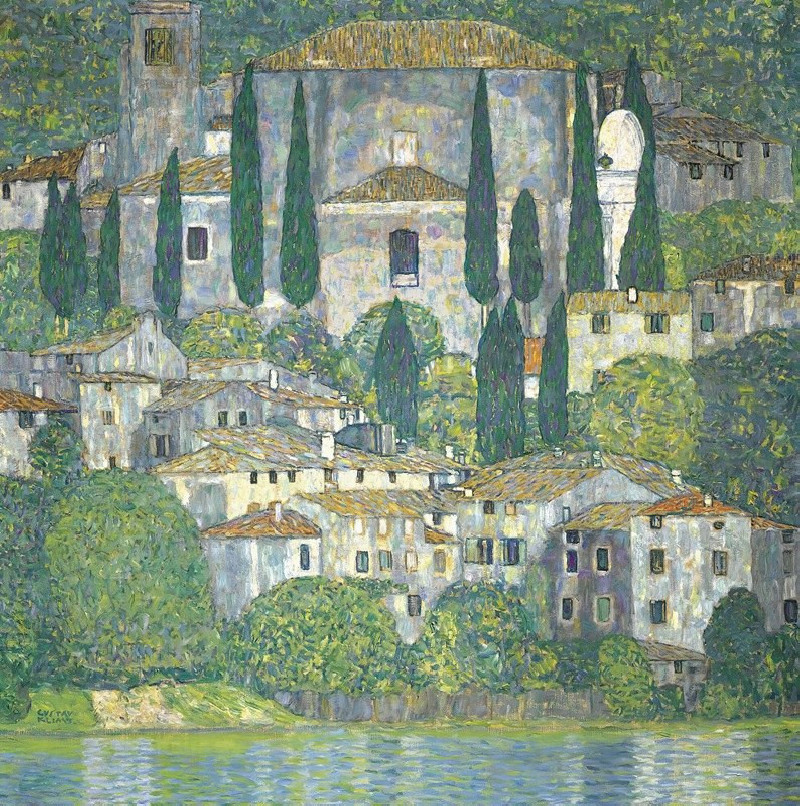
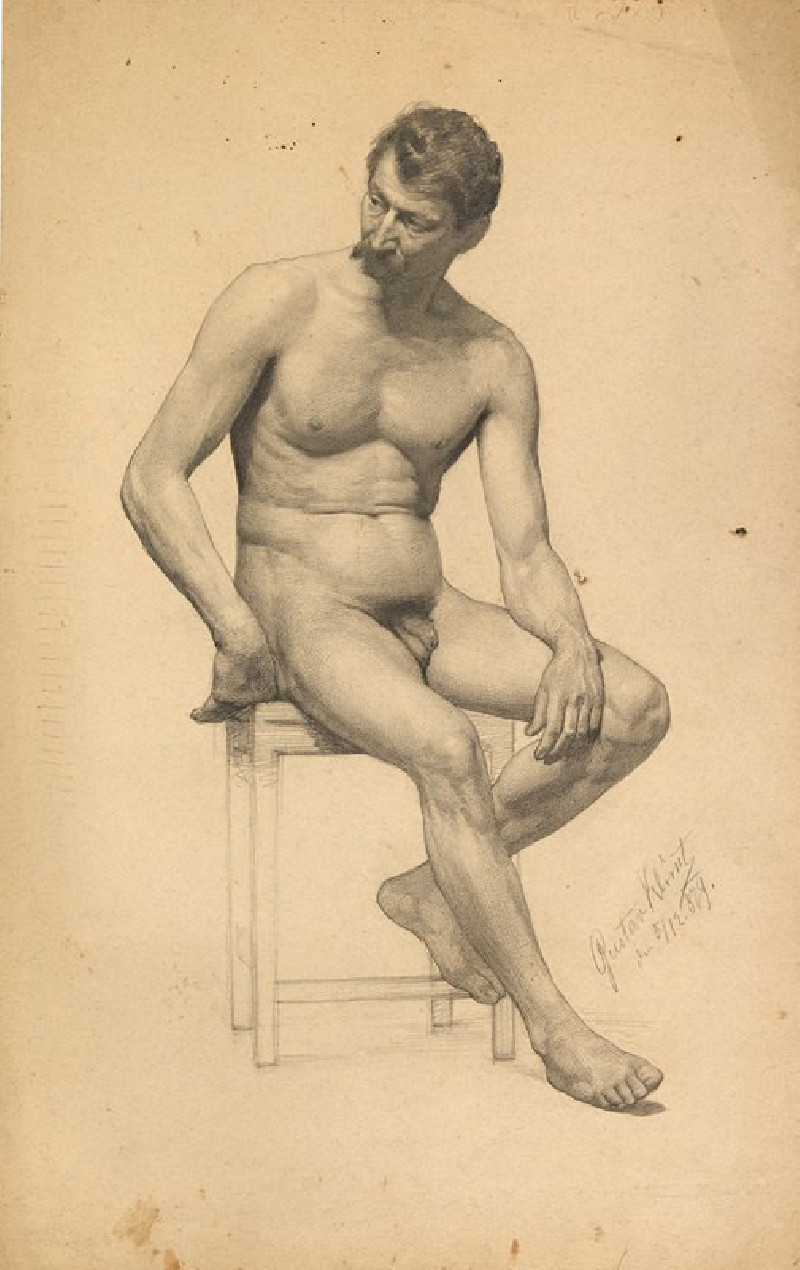
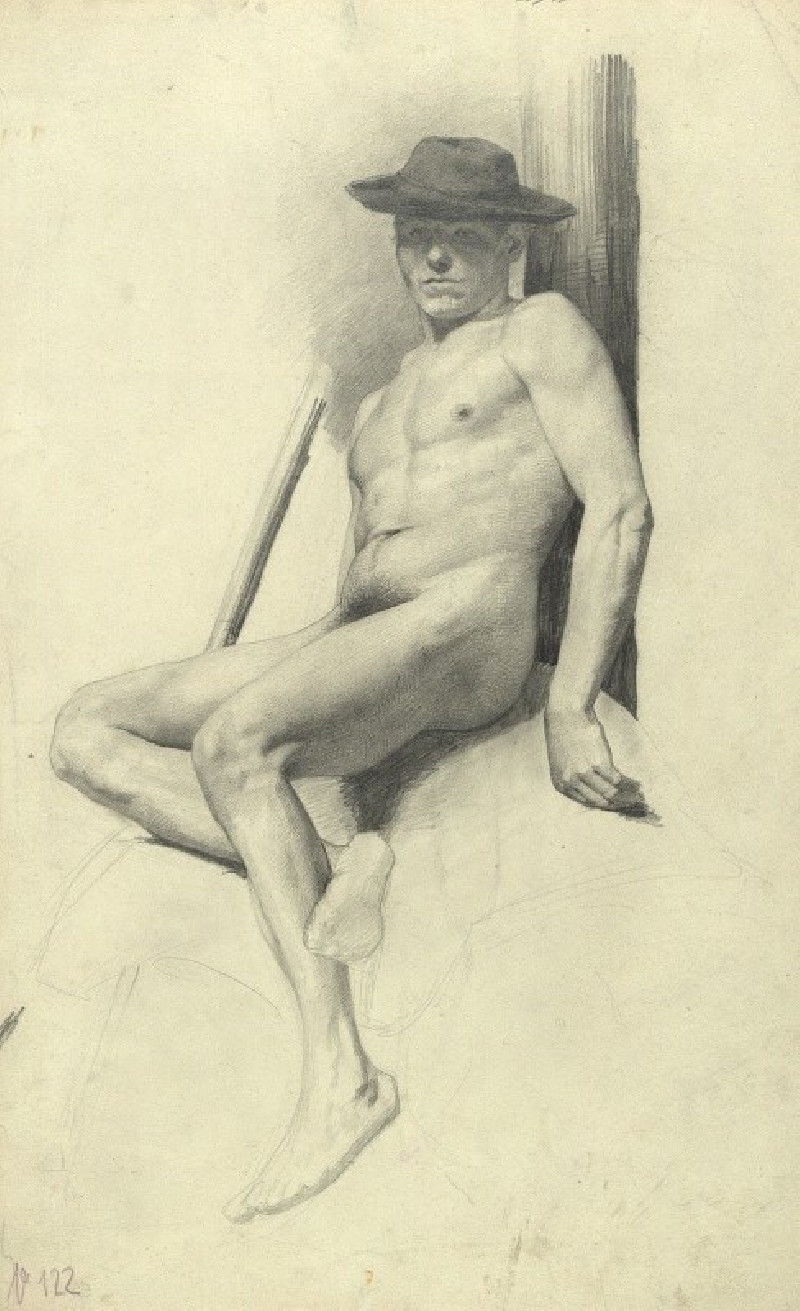

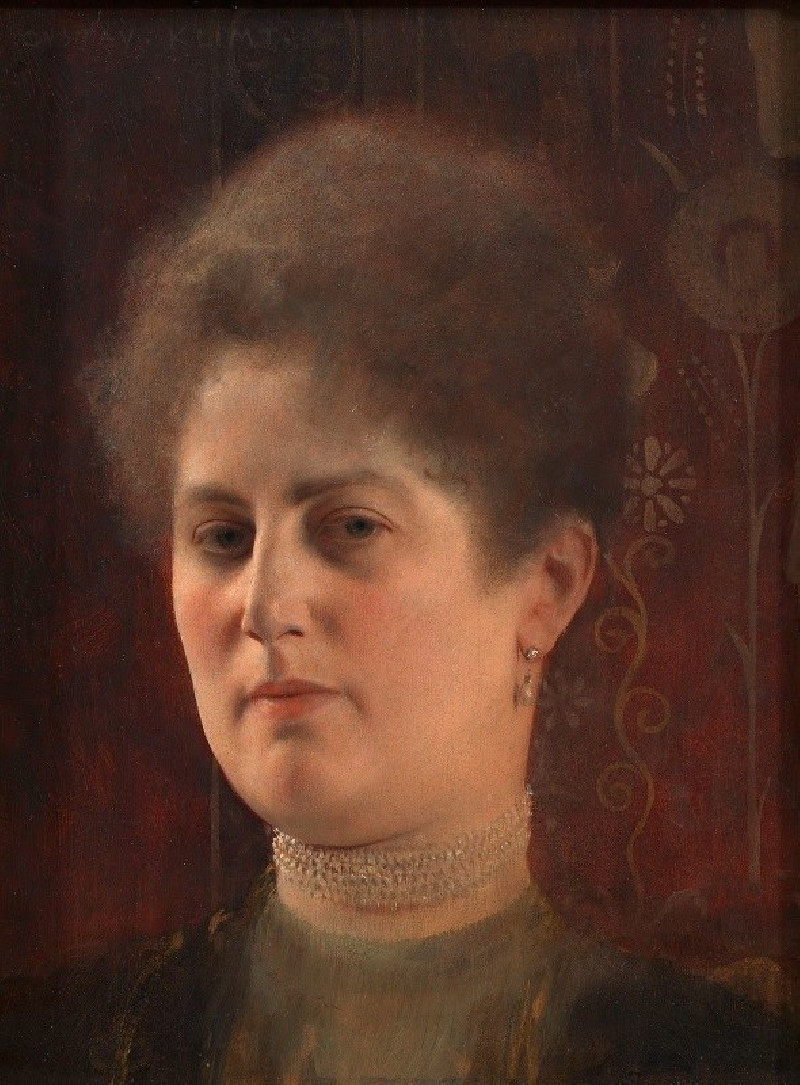
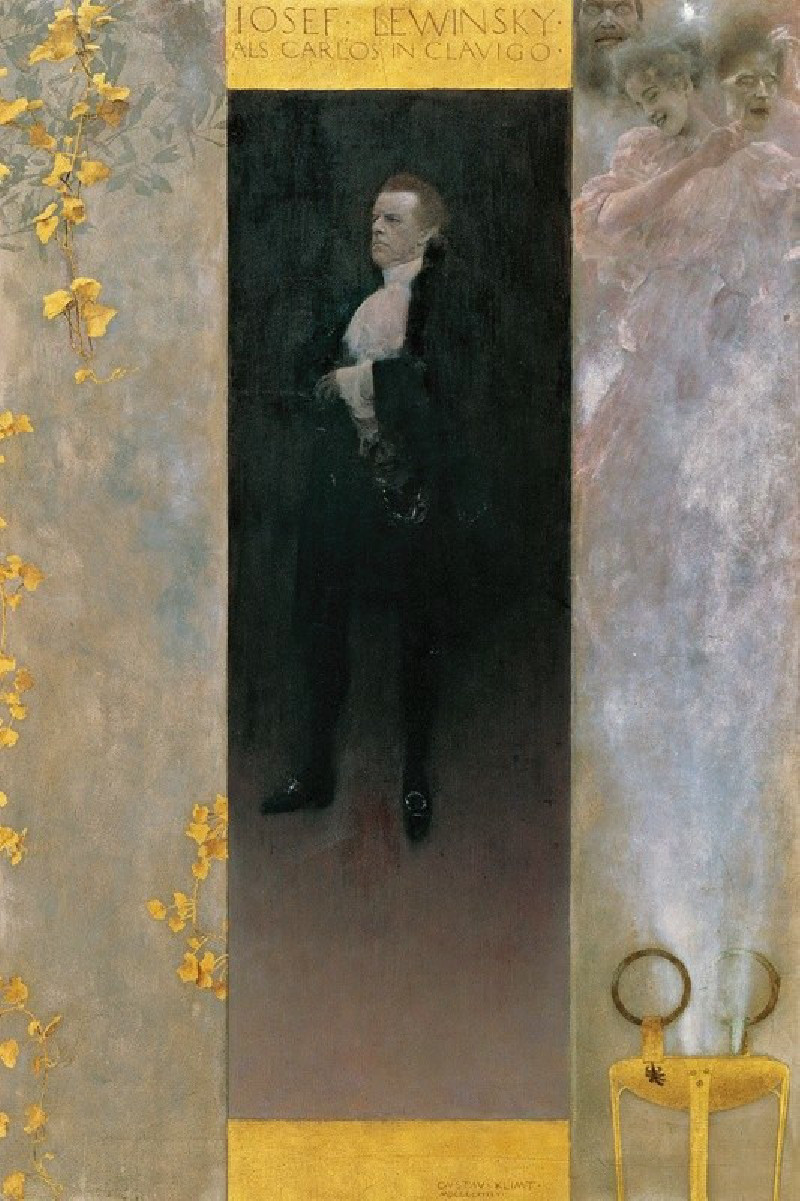
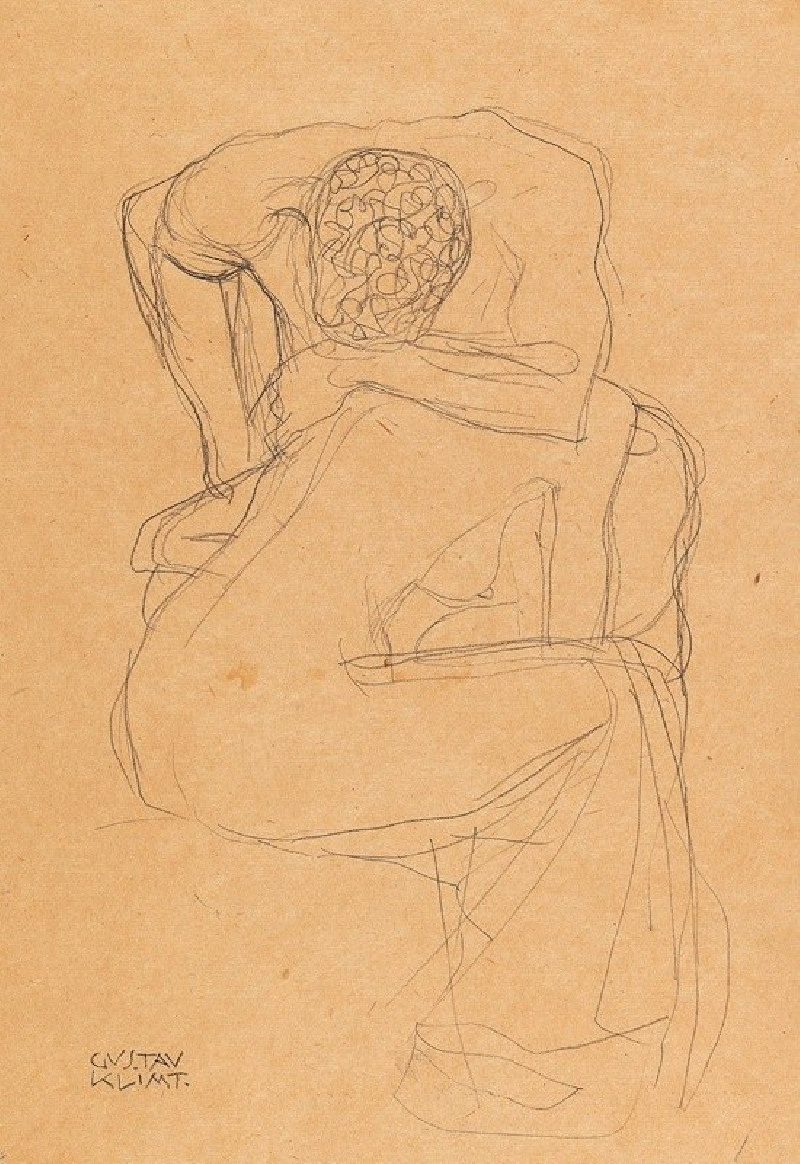

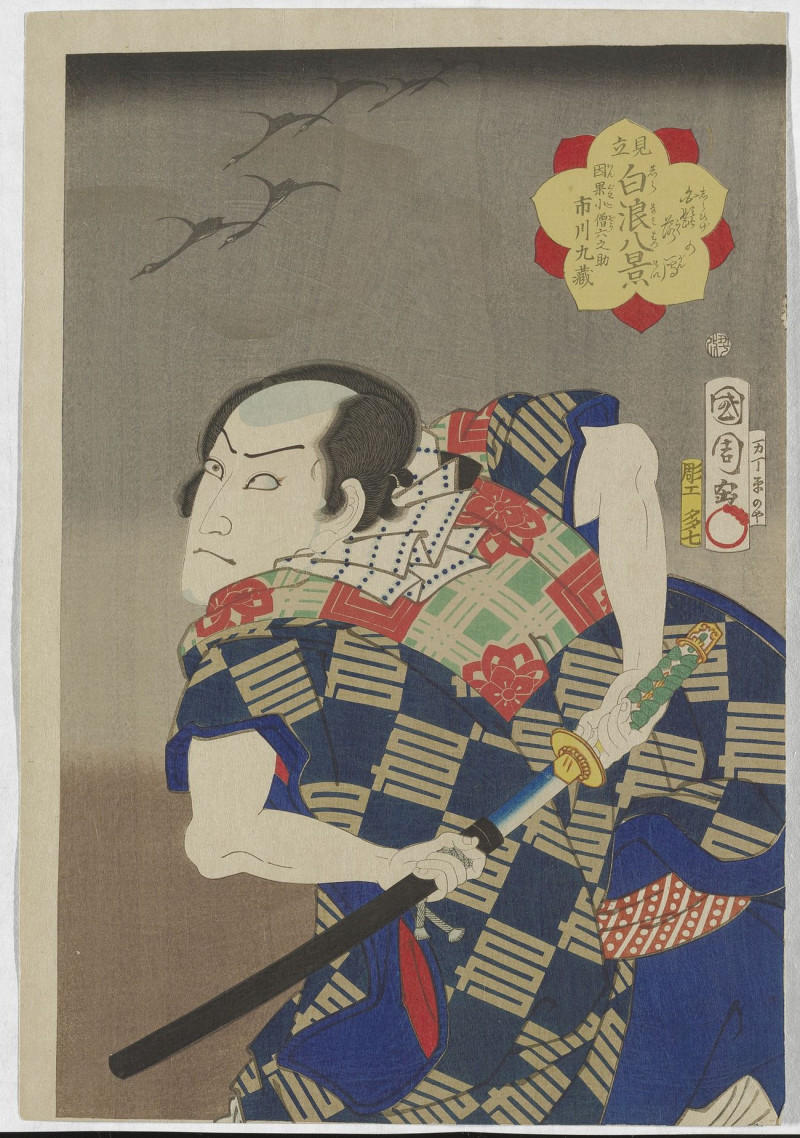
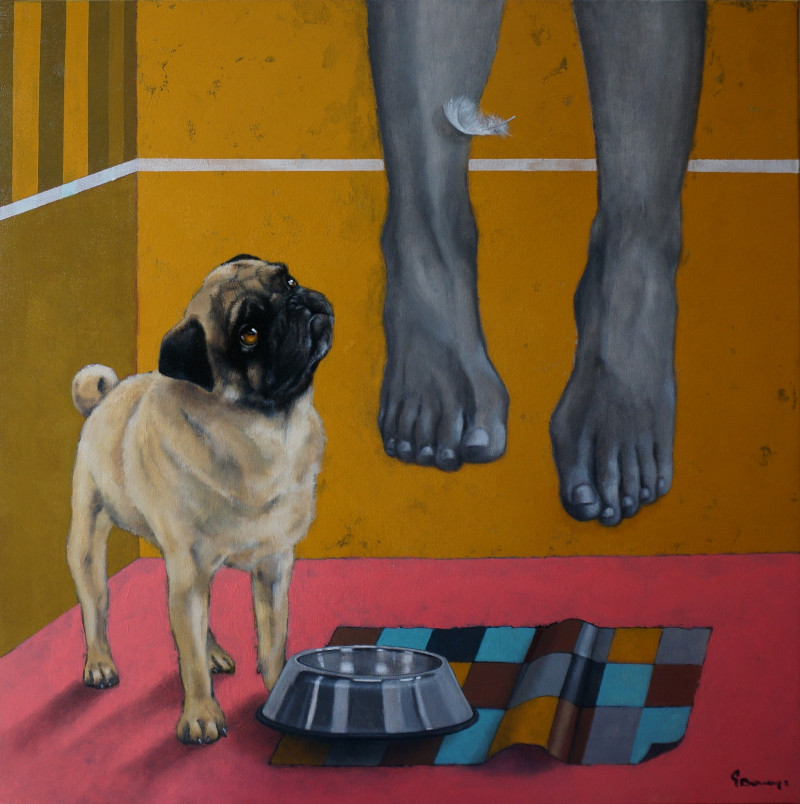
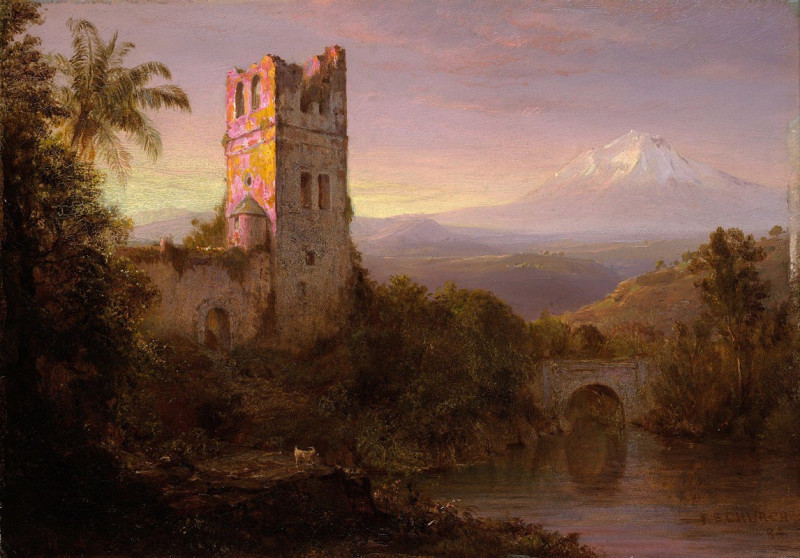
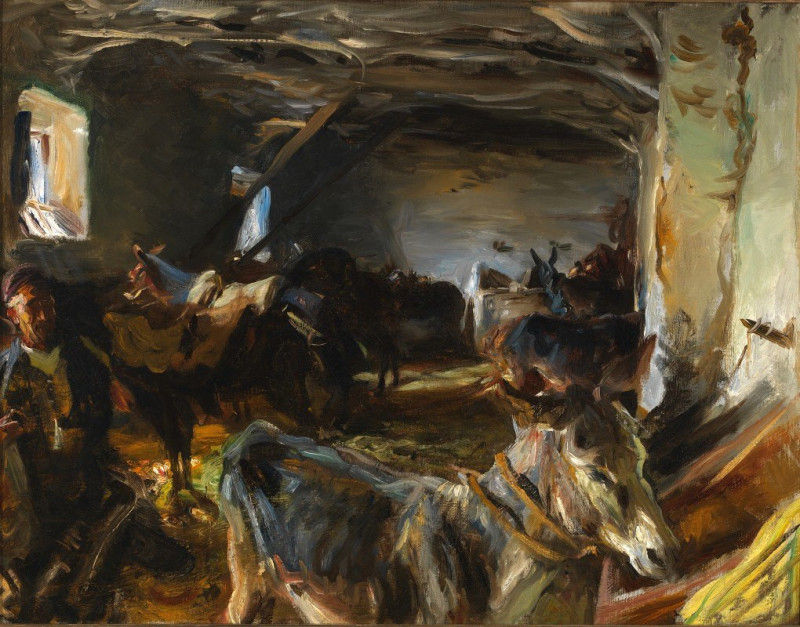
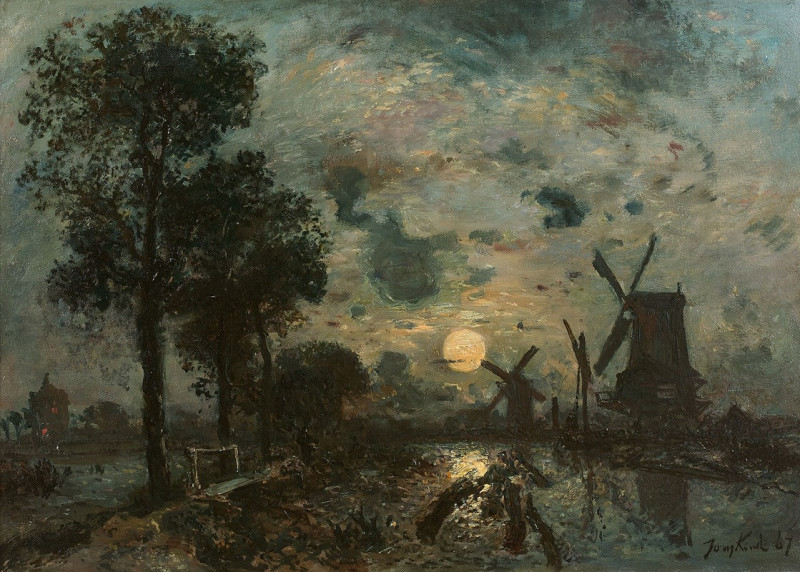
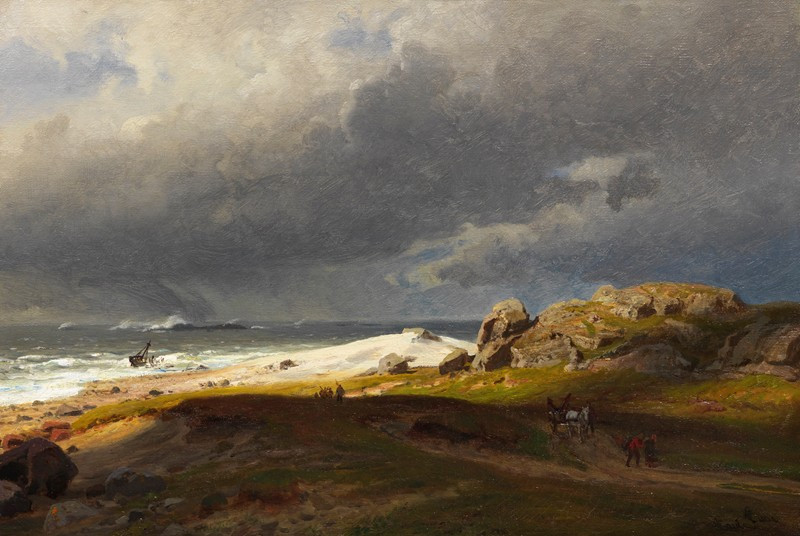

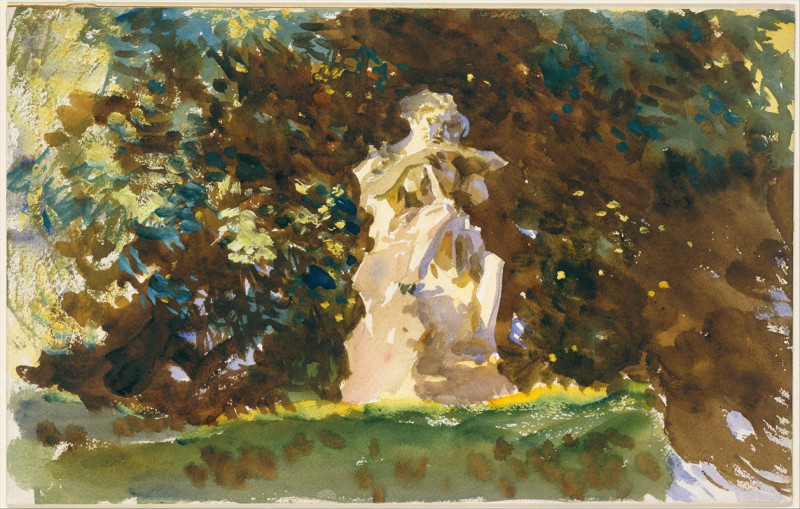
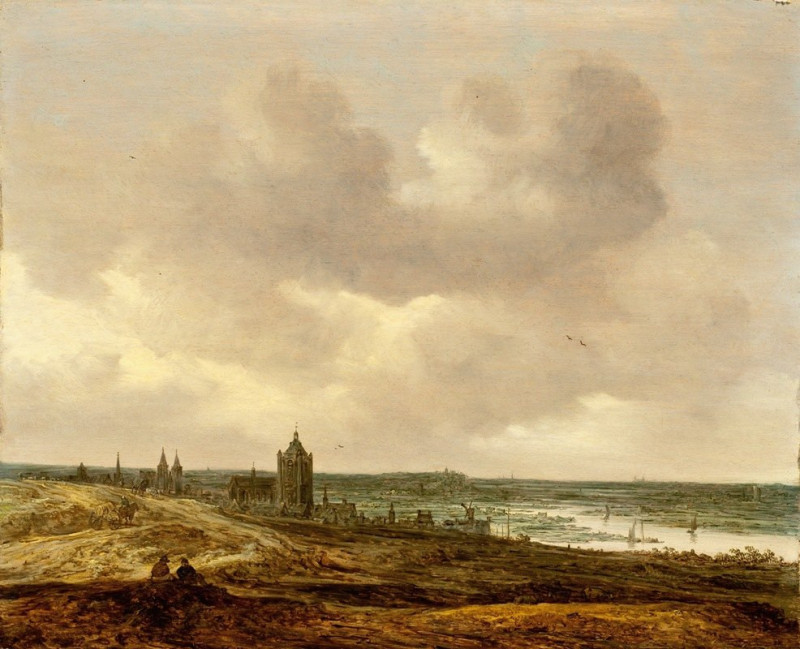
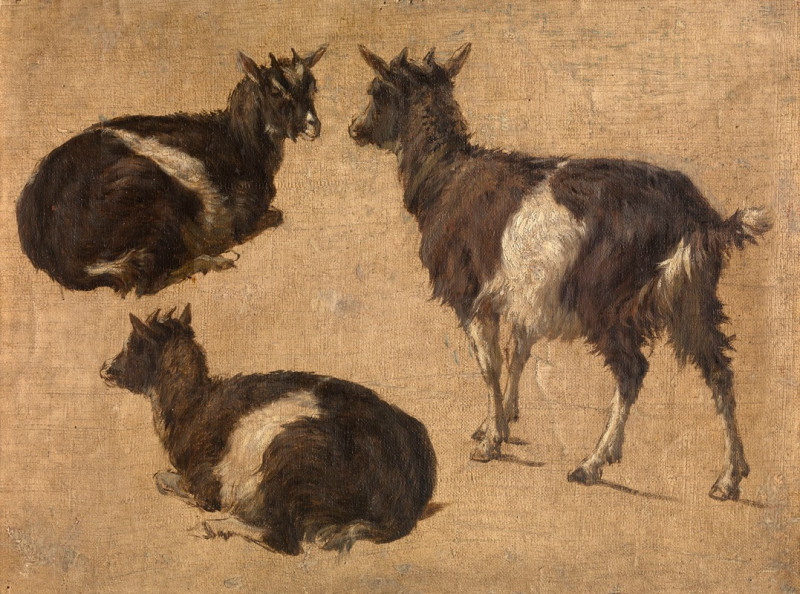
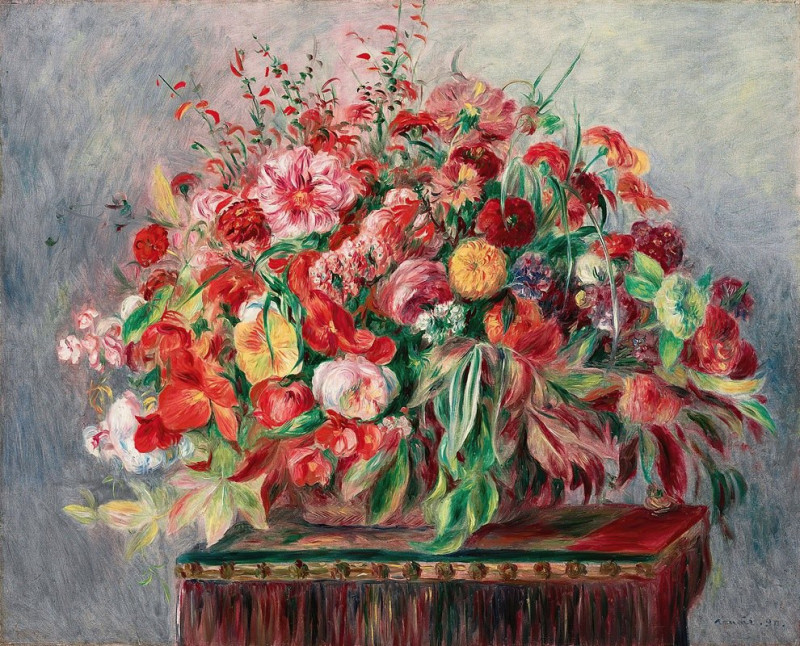
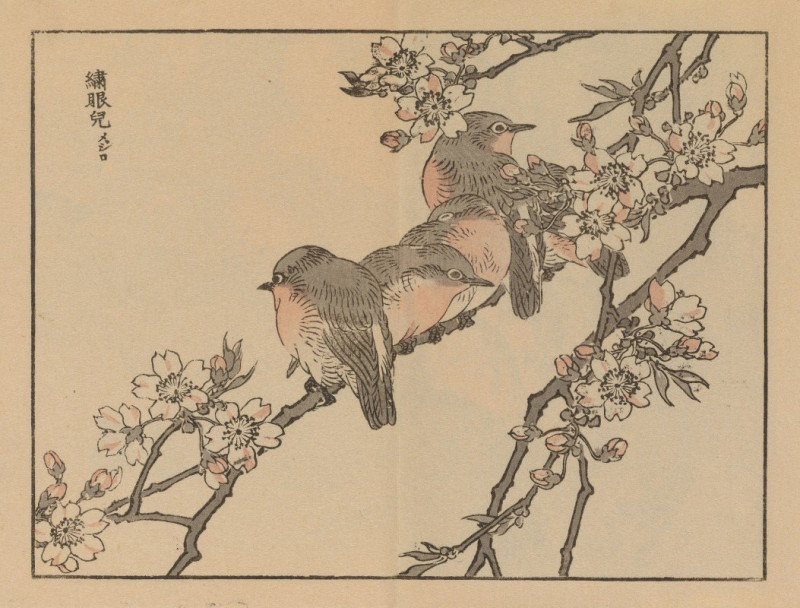


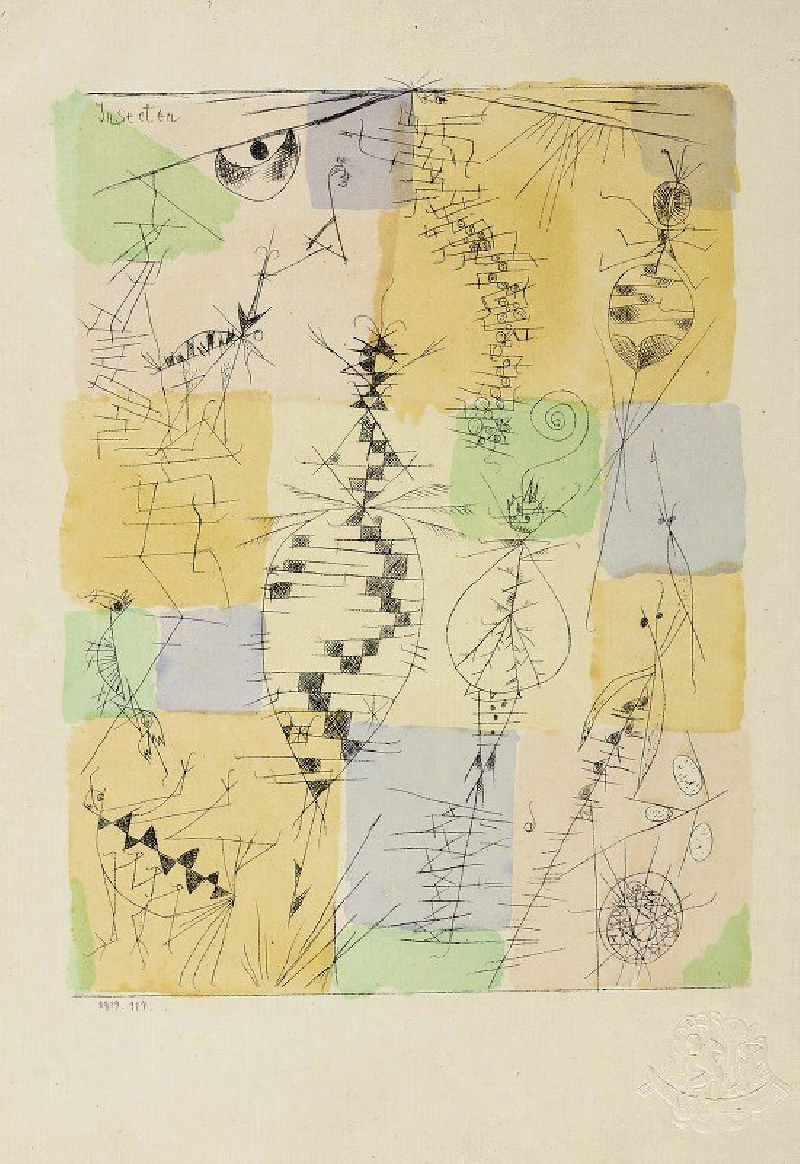
![Motiv aus Meran [A Scene in Meran] reproduction of painting by Franz Alt. ALL GICLEE PRINTS](https://reprodukcijos.lt/53970-large_default/reproduction-of-motiv-aus-meran-a-scene-in-meran.jpg)